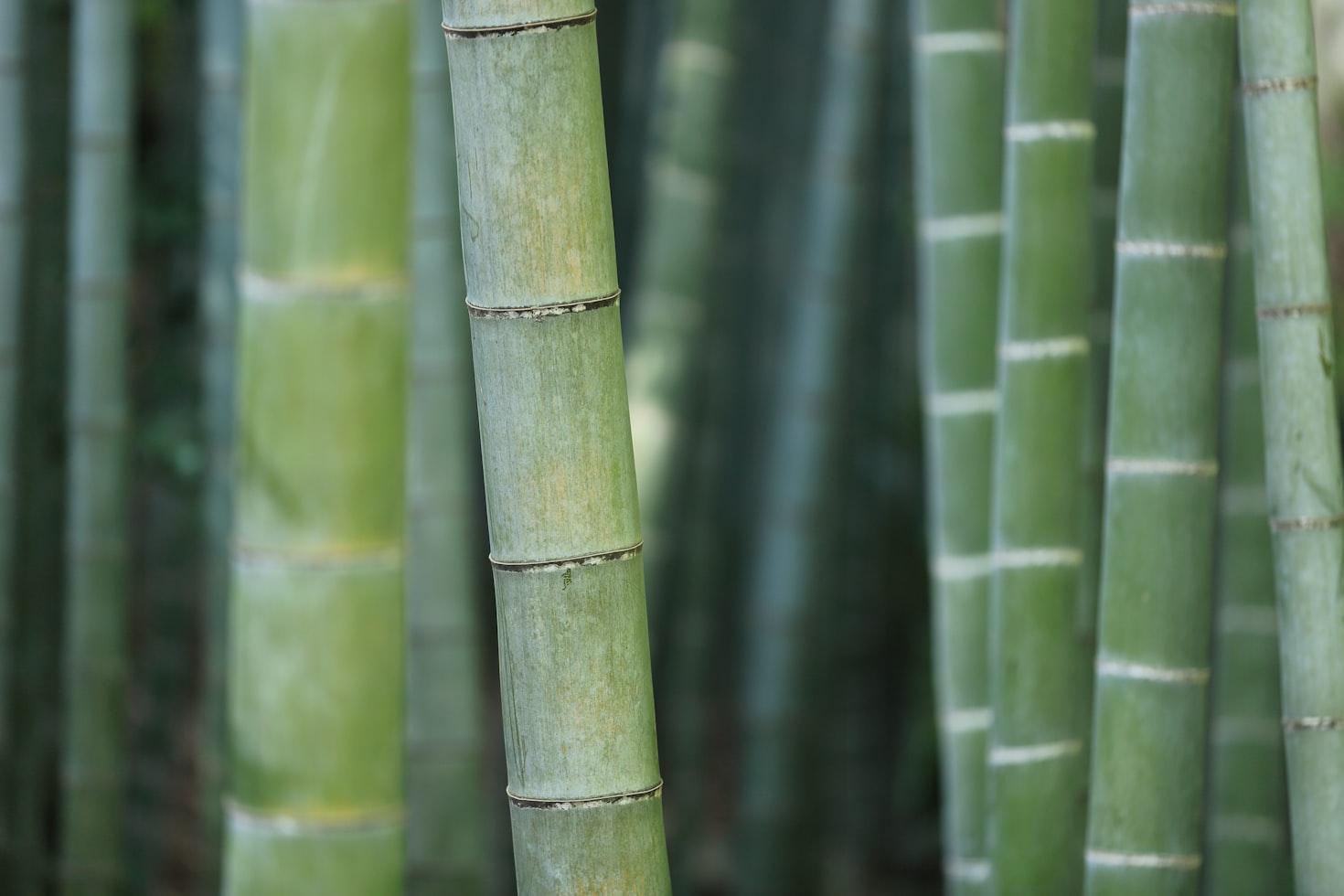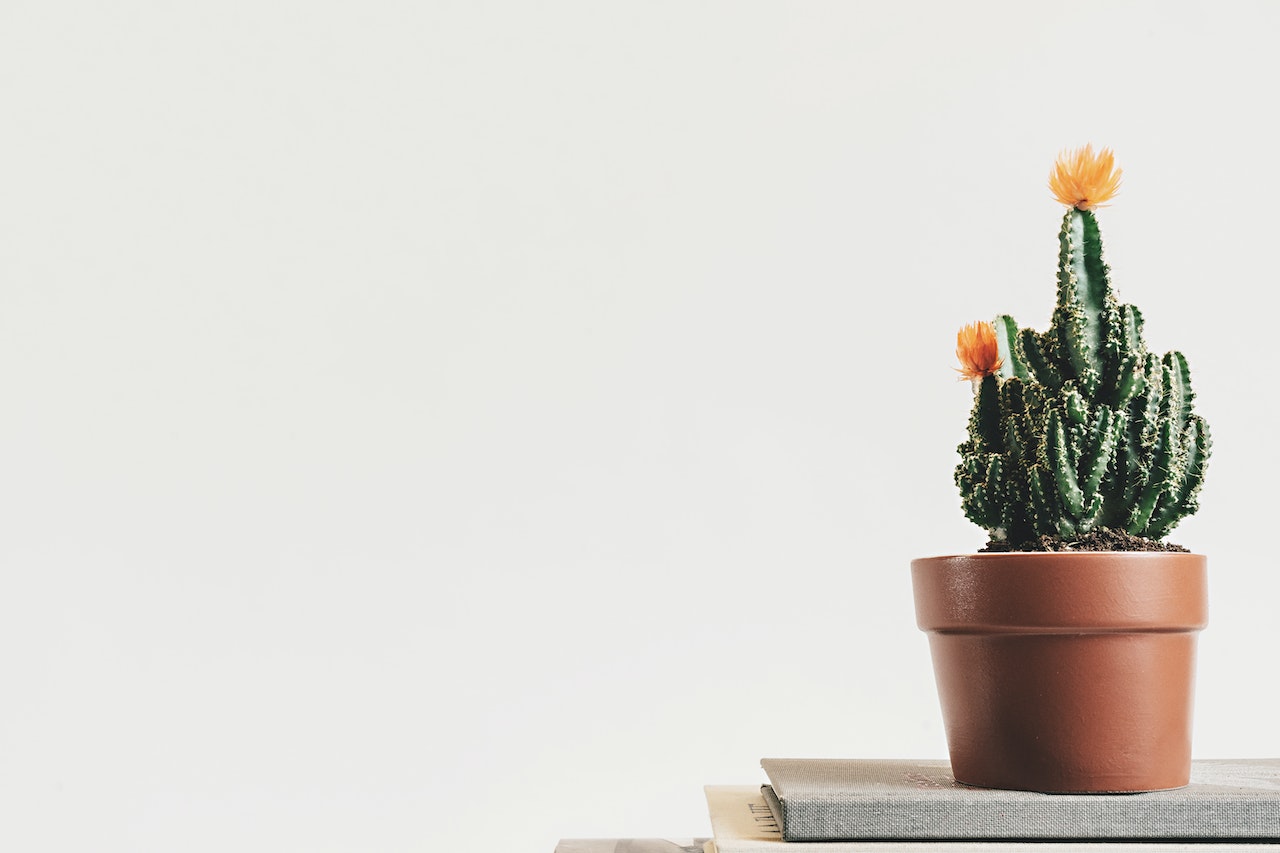Who doesn’t enjoy incorporating natural elements into their home decor? However, for city dwellers with small apartment spaces, finding a suitable location for a plant might be difficult. The only option is to select indoor plants that can survive in small settings with little sunlight and maintenance. The general rule is to use tiny pots and plants with small branches to avoid cluttering the space. If you have a spare wall near the balcony, you may use the vertical space to plant climbers, which will free up a lot of ground space while also bringing a lot of greenery to the house.
Here’s a list of indoor plants that can be grown in a small studio apartment or a hostel room.
Air Plant
Air plants are fascinating plants since they do not require soil to survive. These are ideal if you want a little plant but don’t want to mess with pots or dirt. If you decide to keep your air plant in a terrarium, make sure it has an aperture for good air circulation.
Peace lily
Another low-growing shrub with dark, glossy green foliage and huge, pure white blooms. Peace lilies do not require direct sunshine and can be grown in areas with plenty of light. Because it is a perennial herb, it can be grown in elegant indoor pots. It doesn’t need much water, and when it does, you can see its leaves drooping. Another natural air filter that degrades hazardous chemicals in the atmosphere like benzene, formaldehyde, and carbon monoxide.
African Violet

African violets are lovely compact plants that reach a height of 6 inches (15 centimetres).
The flowers are available in a variety of colors, including white, pink, and purple.
African violets will thrive in most soil types, but they dislike having their leaves wet.
To water African violets, fill a saucer with water and lay the pot on top to draw the water up.
ZZ Plant
You’ll definitely catch some ‘Zs’ when caring for a ZZ plant—known it’s for being one of the easiest-care houseplants around! This is the ideal dorm room plant because it tolerates sporadic waterings, little light, and almost no feedings. This plant’s strong, glossy foliage is likely to enliven the atmosphere and is ideal for practically any location, small or large.
Echeveria

Echeveria is a big succulent genus that is endemic to Central America. It spreads outwards from a central point, forming a rosette that is rarely more than six inches across.
Echeveria comes in a variety of colors, ranging from pink to green to practically black.
To thrive, these succulents require strong, direct sunshine and little water. Only water until the earth has completely dried. Avoid overwatering! Succulents that have been overwatered will struggle to recover.
Maidenhair Fern

The Maidenhair fern, one of our favorite small-space plants, emanates romance. From its fine-textured, weeping fronds to its vibrant emerald color, this lovely houseplant complements almost any design sensibility. The only requirements for Maidenhair care are that their soil be maintained uniformly moist at all times, and they like a location with bright, indirect lighting.
Aloe Vera

Did you know aloe vera plants belong to the succulent family? They adore the sun and prefer that their soil be fully dry between waterings, just like their cousins. These miniature potted plants are useful to have on hand if you have any minor burns, such as a sunburn.
Polka Dot Plant
You can’t go wrong with this quirky looking plant if you’re searching for a plant that truly emanates sweetness.
It comes in pink, green, red, and white varieties, so you may grow them to complement your decor.
Polka Dot Plants require rich, moist soil to maintain humidity and exposure to filtered sunlight when grown inside.
Lucky

Despite its name and look, Lucky Bamboo is a member of the lily family, not the bamboo family.
It is a low-maintenance indoor plant; all you have to do is decide how to plant it, place it in a light spot, and watch it grow.
If you want a non-soil plant setting, you may even plant lucky bamboo in water.
This plant can grow to be 2 to 3 feet tall over time, but the top can be safely chopped off with plant shears to maintain it at a more manageable size.
Jade Plant

Jade plants are distinguished by their thick, oval-shaped leaves. As long as they are properly cared for, jade plants can live for years. To keep your plant’s leaves looking clean and shining, wipe them down every now and then to prevent dust buildup. This keeps the leaves shiny and improves their ability to absorb sunlight.

Leave a Reply